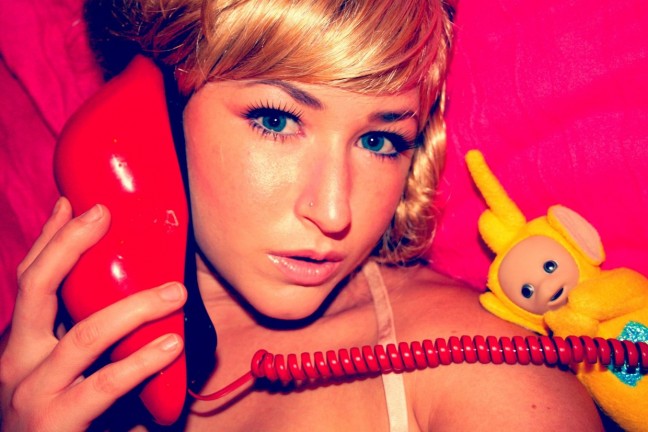In this age of media-fueled online vitriol, denigration, falsehood, and shamelessness — elevated to an art form by the Republican nominee for President — it’s critically important for us to understand the difference between a liar and a bulls**t artist.
The liar is interested in the truth, deep down, but she prefers to hide it behind a veil. The liar often has knowledge or expertise about the truth, but hides it. The bulls**t artist, on the other hand, is an entirely different animal. He is detached from reality caring not for truth or lies; he only cares for his desired effect on his intended audience. The absence of knowledge or expertise is required.
I’ll let you determine to which group Mr.Trump belongs. But, if you need help, check out CNN’s Fareed Zakaria reminding us about Mr.Trump’s unabashed ignorance and bulls**t-artistry.
[tube]Y8nhV4HM3jI[/tube]
From the Guardian:
As the past few decades have shown, the trolling mindset is awesomely well adapted to a digital age. It ignores rational argument. It ignores evidence. It misreads, deliberately. It uses anything and everything somebody says against them. To argue with trolls is to lose – to give them what they want. A troll is interested in impact to the exclusion of all else.
Trolls themselves are hairy Nordic creatures who live under bridges, but trolling doesn’t take its name from them. It comes from the Old French verb troller, meaning to hunt by wandering around in the hope of stumbling upon prey. The word made its way into English as a description of similar fishing tactics: slowly towing a lure in hope of a bite.
Then, in the early 1990s, a Usenet group took up the term to describe some users’ gleeful baiting of the naive: posting provocative comments in hope of attracting an outraged “bite”, then winding up their unwitting victim as thoroughly as possible.
In this, trolling is a form of bullshit art. “The essence of bullshit,” argues the philosopher Harry Frankfurt in his 2005 book of the same name, “is not that it is false but that it is phony”.
Both a liar and an honest person are interested in the truth – they’re playing on opposite sides in the same game. A bullshitter, however, has no such constraint. As Frankfurt puts it, a bullshitter “is neither on the side of the true nor on the side of the false … He does not care whether the things he says describe reality correctly. He just picks them out, or makes them up, to suit his purpose”.
Once again, impact is all. The total absence of knowledge or expertise is no barrier to bullshit. In fact, it helps. The artistry lies in knowing your audience, and saying whatever is needed in order to achieve a desired effect.
Read the entire article here.
Video courtesy of CNN.

